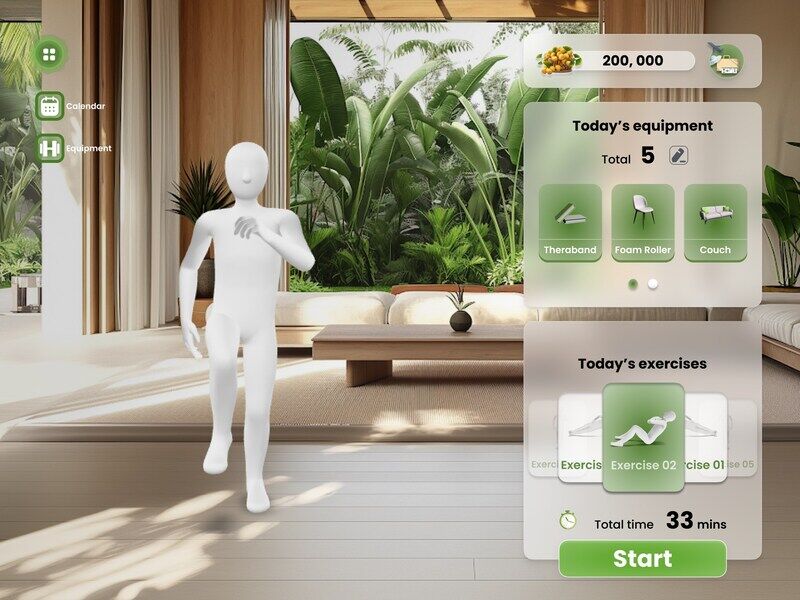A new fitness court is now open for public use at the Smith River Sports Complex.
The fitness court, located at the Smith River Sports Complex, was completed in partnership with Aetna for its National Fitness Campaign across Virginia. It was created to cater to people ages 14 and older and with multiple levels of fitness in mind by allowing them to move at their own pace.
“We would like to thank Aetna for their support in bringing this important program to our community,” Henry County Director of Parks and Recreation Roger Adams said. “And for recognizing the need to support healthy lifestyles for all Virginians.”
The Smith River Sports Complex Fitness Court is one of the first communities in Virginia selected for the initiative, Adams said.
The fitness court base is a concrete pad with a connecting wall that features different equipment allowing users to work different muscles. The court is separated into seven different sections including: core, squat, push, pull, lunge, agility and bend.
People are also reading…
Some of the different exercises possible on the fitness court include: mountain climbers, pushups, lunges at the lunge station, pullups, burpees and different core exercises.
“The fitness court is a wonderful example of partnerships across the public and private sectors to help break down barriers to accessible community programming,” Adams said. “Living a healthy lifestyle and taking preventative measures can help reduce the risk of developing chronic yet preventable diseases.”
“By practicing healthy habits through regular exercise on the fitness court with body weight training, individuals could significantly lower their risk of developing these diseases,” Adams said. “A body weight workout enhances coordination, balance and mobility in particular. We encourage everyone to walk, jog and cycle to our new fitness court and spend a little more time outside every day.”
“We know that when your physical health is better, your mental health is also better,” Henry County Board of Supervisors Iriswood District Representative Garrett Dillard said. “When you become a healthier community, that impacts your work, your school, your daily life.”
“We need to do better in Henry County,” Dillard said.
Henry County ranks 119 out of 133 counties in Virginia in terms of health outcomes, the county life expectancy is almost five years less than the state average, 42% of the population is considered obese and 26% of the county population reports having access to exercise opportunities, Dillard said.
“The key word there is opportunity,” he added. “Yes, we have a fair share of problems, but we also have an opportunity to solve them if we work together.”
“By partnering with Aetna, the National Fitness Campaign … the county is now able to offer free, accessible and high-quality fitness equipment for people of all ages and abilities,” Dillard said. “The fitness court is designed to bring the benefits of exercise to everyone, regardless of fitness level, and its right here in our community.”
Along with the fitness court, users can download the free Fitness Court App which provides a coach-in-your-pocket and enhances the outdoor gym with a digitally supported wellness experience.
The Martinsville-Henry County YMCA also plans to hold classes on the fitness court in the future.
“This is sure to be the first of many initiatives that will encourage healthy habits in our community,” Dillard said. “I encourage everyone to take full advantage of this incredible resource as we work together to improve the health and quality of life for everyone in our community.”






























/cdn.vox-cdn.com/uploads/chorus_asset/file/25739950/247386_Elon_Musk_Open_AI_CVirginia.jpg)